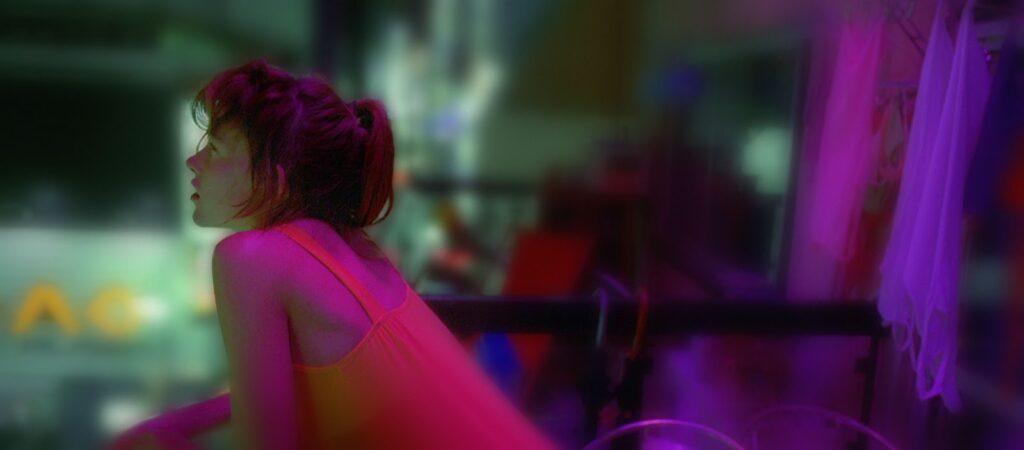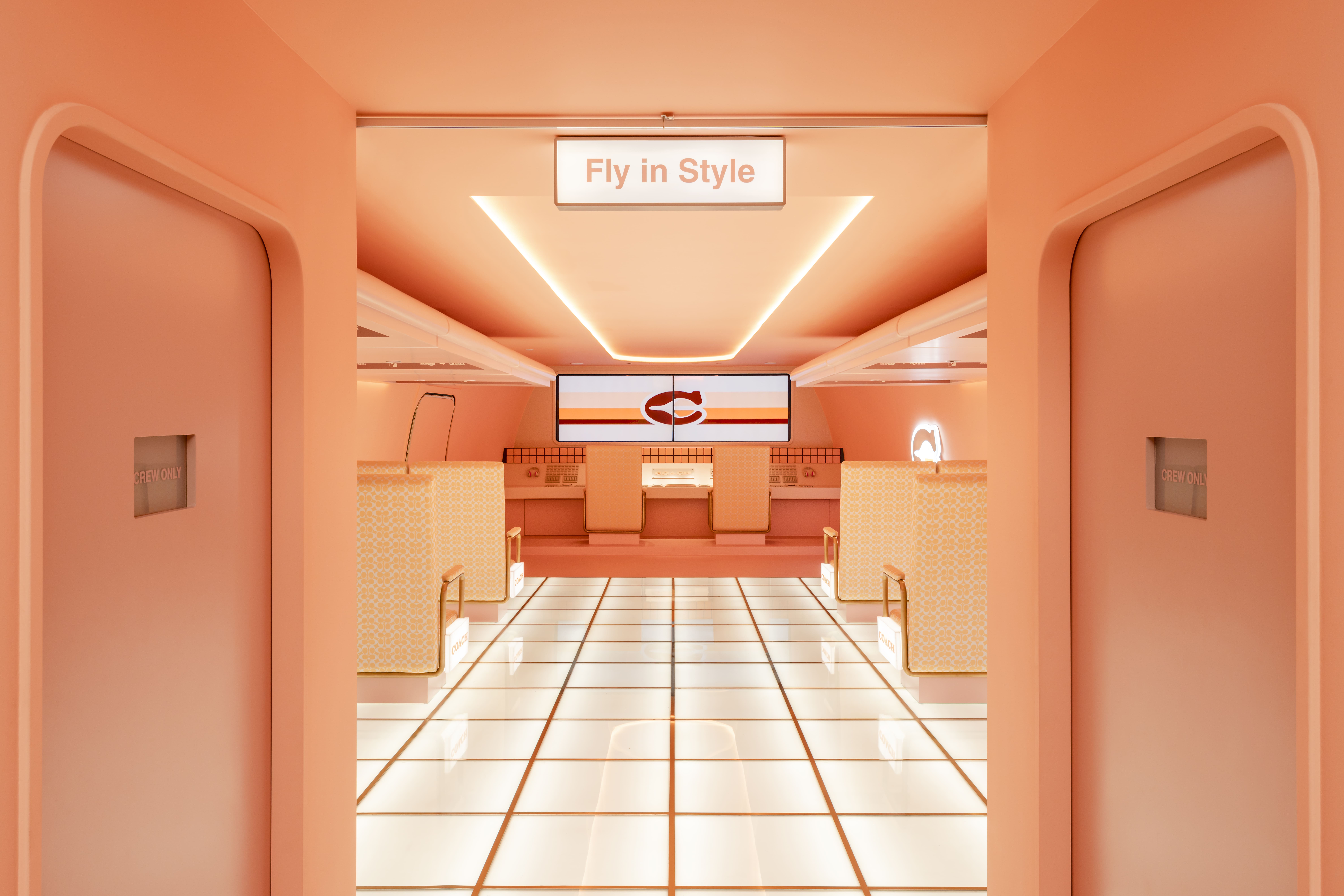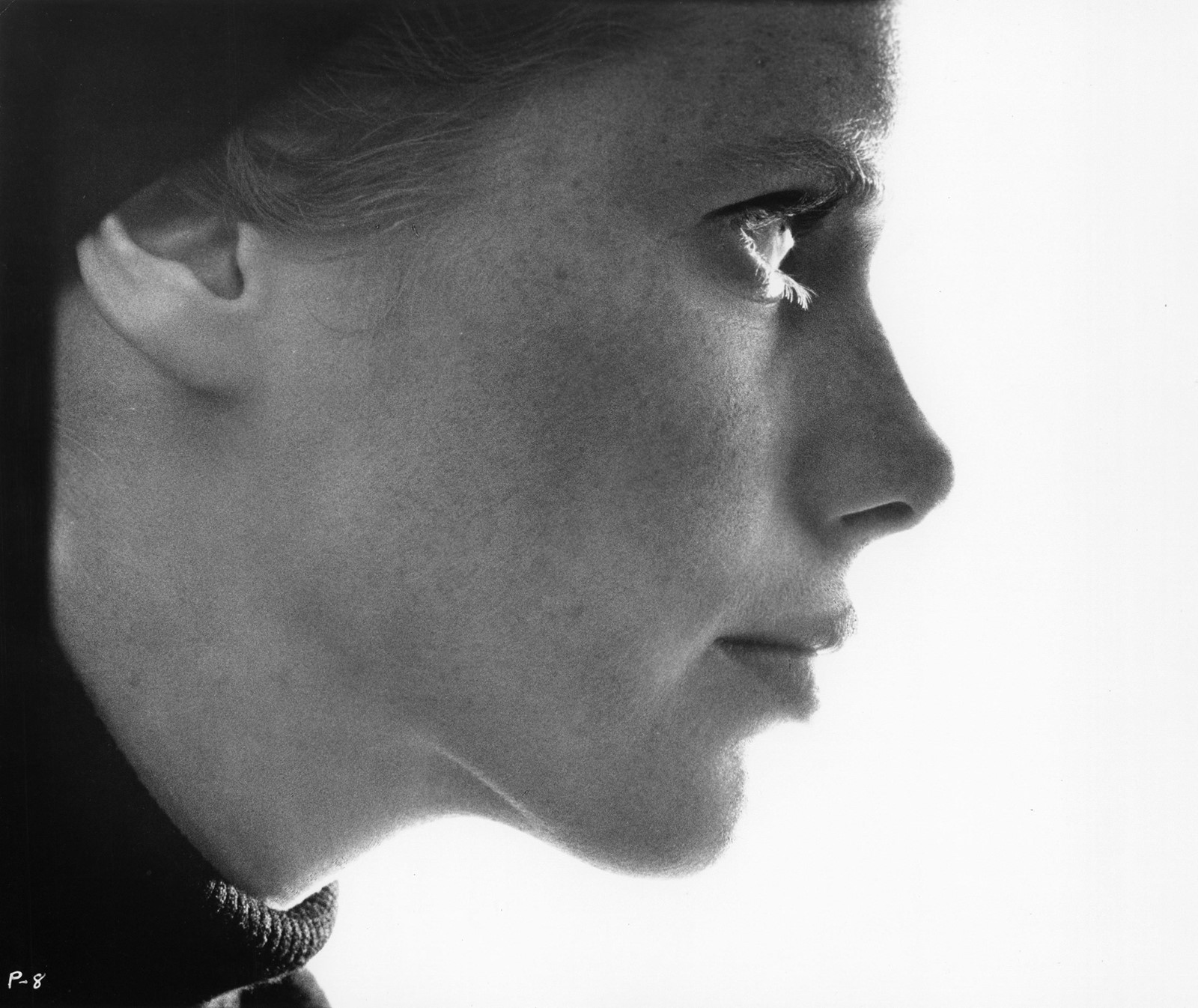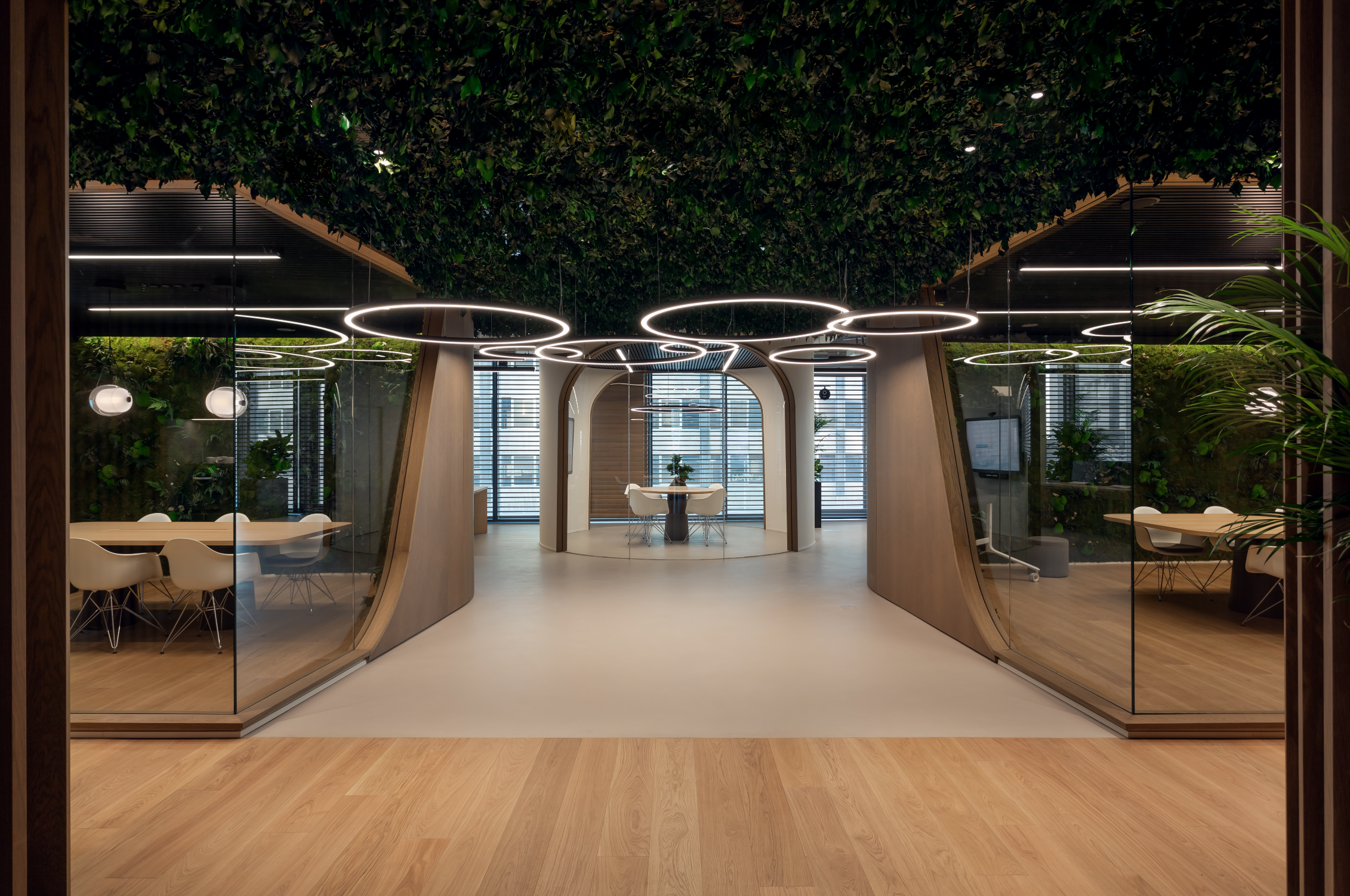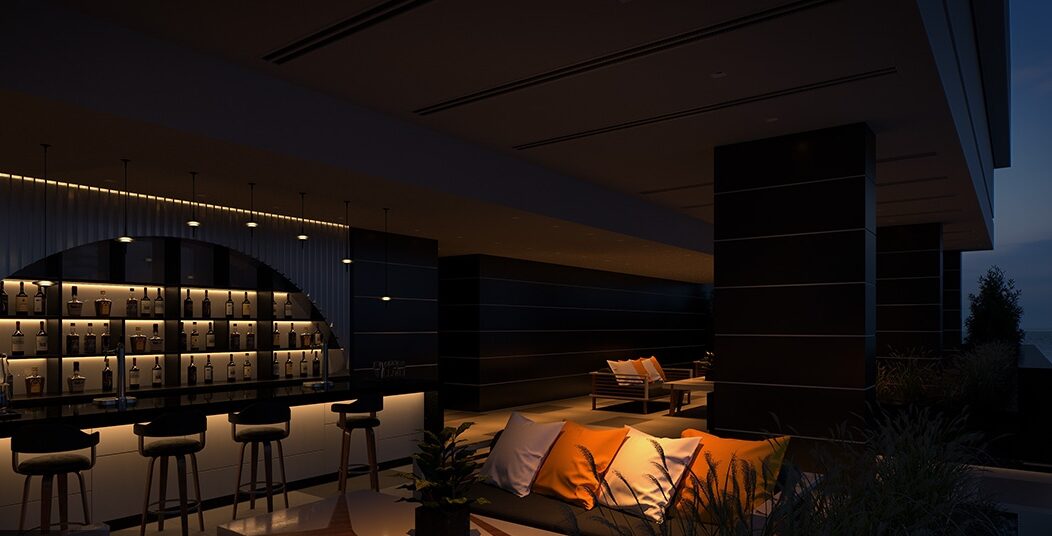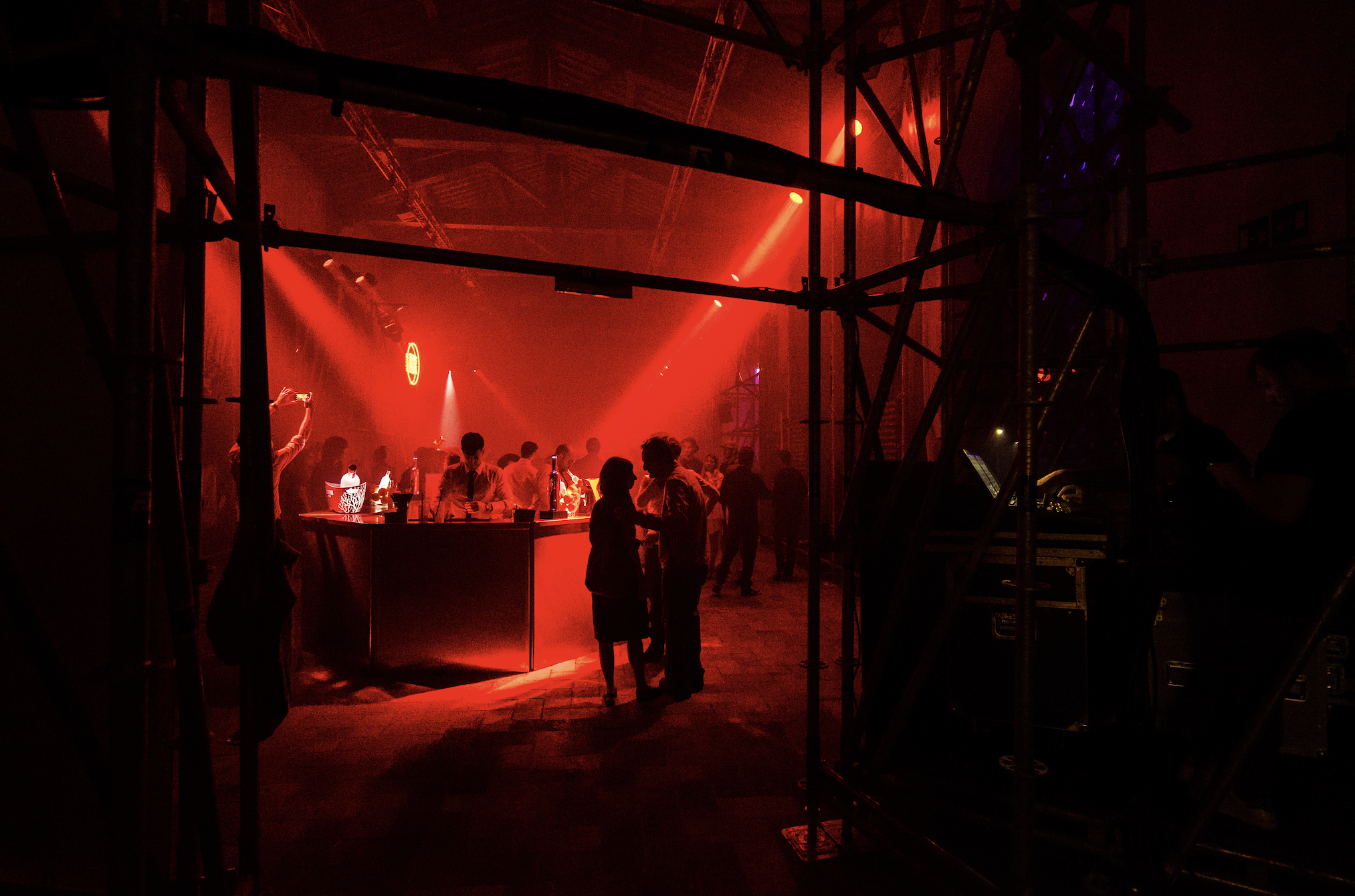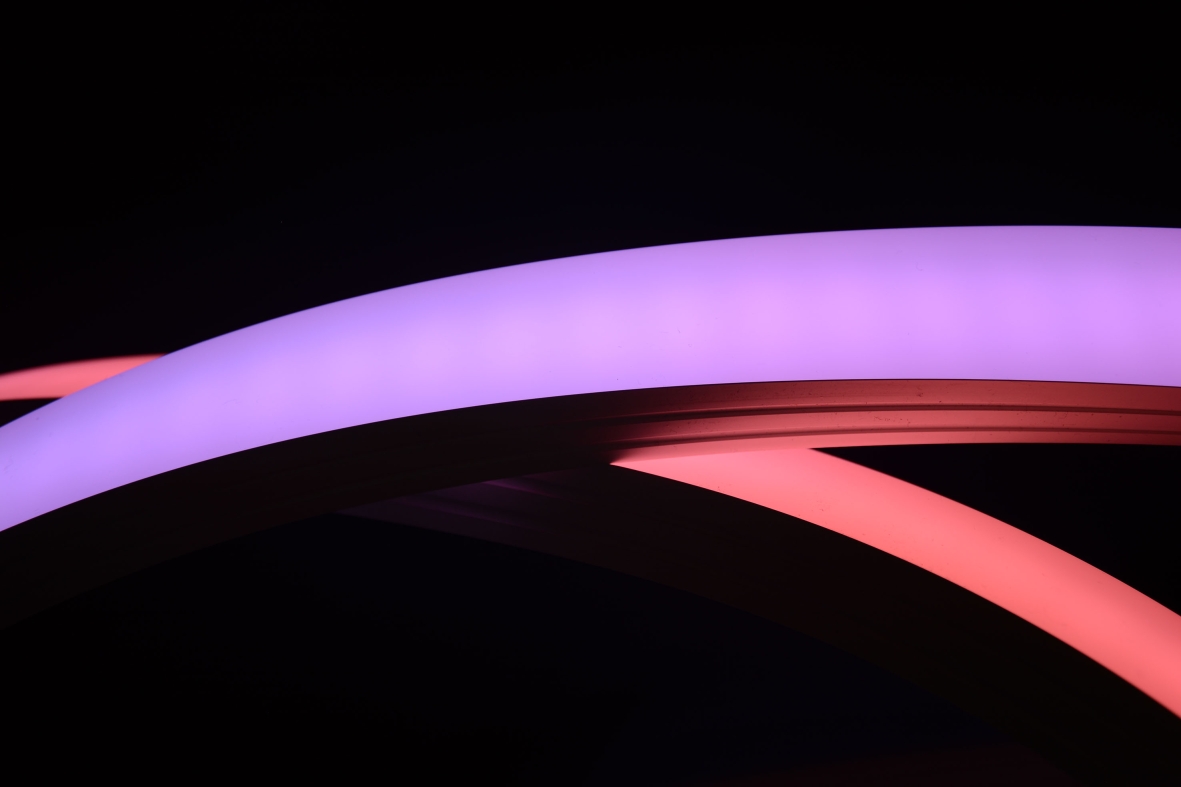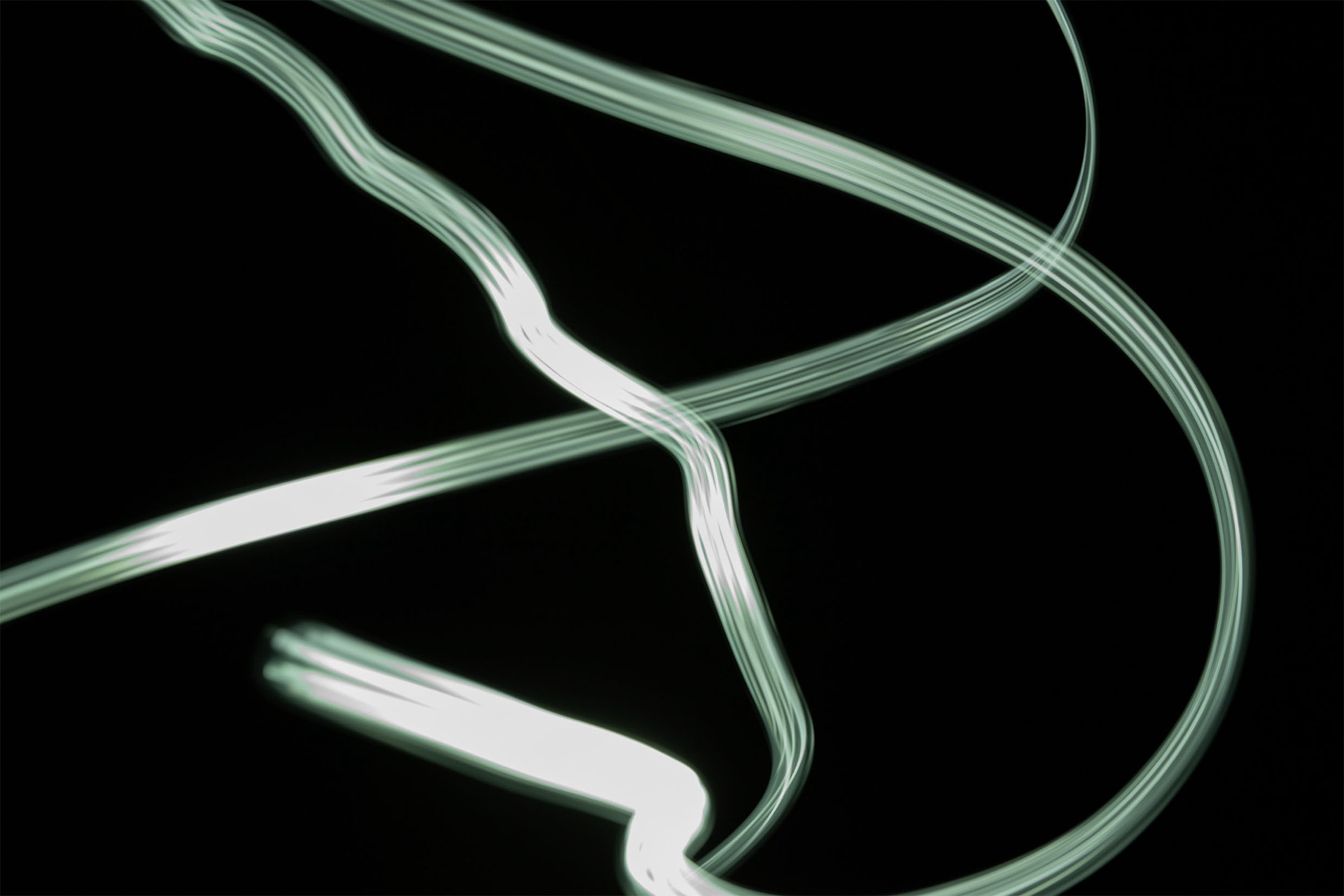Historically, neon lights have served as both an advertising medium and an architectural element. A colored luminous gas contained within a glass or metal tube has defined the identity of urban spaces since its initial appearance in 1912 in Paris, emerging as a definitive symbol of modernity. Later, neon started appearing used both as an artwork medium and as a design object (especially throughout the ’60s and the ’70s) and image production followed the path shortly: in 1939 Moholy-Nagy’s Chicago pictures, depicted neon lights as emblematic of the landscape of the city.
Today, neon aesthetics represent a formal trend in modern – but especially – contemporary cinema. Starting before the cinema’s “digital turn”, it was in the new millennium that neon aesthetics flourished into their ongoing golden age. Directors such as David Lynch, Wong Kar-wai, Harmony Korine, as well as Gaspar Noé and Paul Thomas Anderson, have created nocturnal realms, where prominently hued light takes the spotlight. They all have a common diegetic thread: the portrayal of night and obscurity. Neon aesthetics tend to favor nocturnal settings, in which darkness is the protagonist. In these instances, the few lights present are intensified to their fullest. Within these ‘digital nights,’ artificial lights play a pivotal role in image construction.
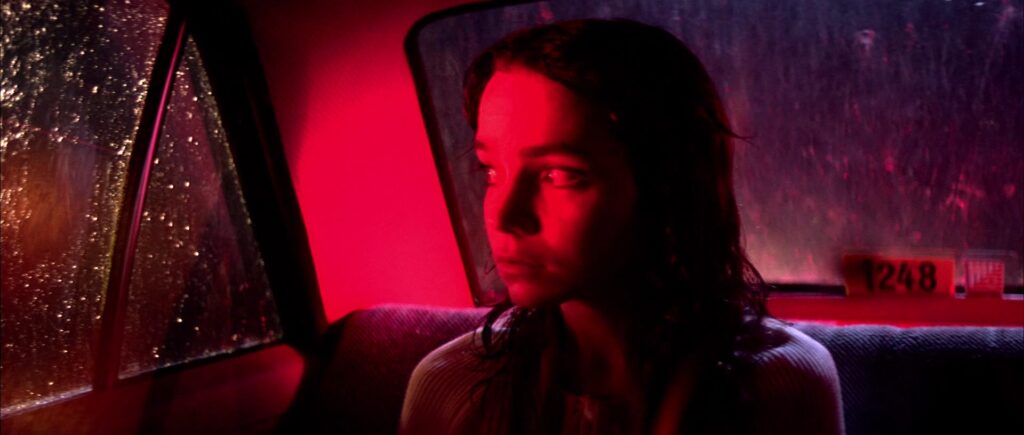
Neon aesthetics from analog to digital cinema
The critical phase for uncovering the origins of neon aesthetics lies in the transition from analog to digital cinema, in the depiction of light and color between the two. It’s interesting to observe that the visuals in these films often share striking similarities, despite the significant time intervals between them. What consistently ties them together is the way color takes on a distinct role as an emotion manipulator, giving it a self-referential quality and becoming a vehicle for emotions.
A quick technical overview of image production methods is necessary. During the analog era, color adjustment was an operation to be carried out during filming. Adjusting color during the post-production was a major logistic challenge, as altering the color of a single scene required intervening across its entire RGB spectrum. The digital era provided the possibility to accentuate one color over others, making it brighter or more muted, more or less saturated.
Another point related to digital technologies is detail. Even within a dark scene, detail can be captured more easily. Expansive post-production options further amplify luminous intensity and light polarization. This contributes to the creation of a rich image in which each pixel is meticulously curated, enabling the viewer to perceive more details compared to an analog image.
Considering this alignment of digital technology’s color manipulation, alongside the elevated resolution inherent in digital formats, images in cinema in which the subject and backdrop blurs have spread. Moreover, the amplified resolution of digital formats, coupled with the advancements in low-light photography, enables the creation of nocturnal visuals that cling far more faithfully to reality than ever before.
Neon aesthetics from Dario Argento to Nicolas Winding Refn
In modern cinema, some directors have begun to explore the construction of a mise-en-scène saturated with vibrant colors. An example of this can be found in Dario Argento’s work. In his 1977 film Suspiria, he prominently employs vibrant red and blue hues in a lot of scenes, creating a mystical aura in the setting of the story: a ballet school where the protagonist, drawn into the enigmatic essence of the place, is invited to partake, coming into contact with the esoteric soul of that place.
In the new millennium, we’ve witnessed an outright proliferation of neon aesthetics. A director who truly champions this is Nicolas Winding Refn, who, in fact, openly expressed his admiration for Dario Argento’s style. His 2016 film The Neon Demon serves as a prime example, where he in an unabashedly non-naturalistic manner, harnesses its symbolic power to unfold a narrative of fashion-horror set against the backdrop of Los Angeles. In this film, red and blue assume roles as conveyors of emotions, symbolizing the journey that marks the protagonist’s evolution in the story. Semiotically, the shift from blue to red represents the contrast between tranquility and motion, security and danger. Here, Refn magnifies both aspects, utilizing them as vehicles for cinematic intensity.
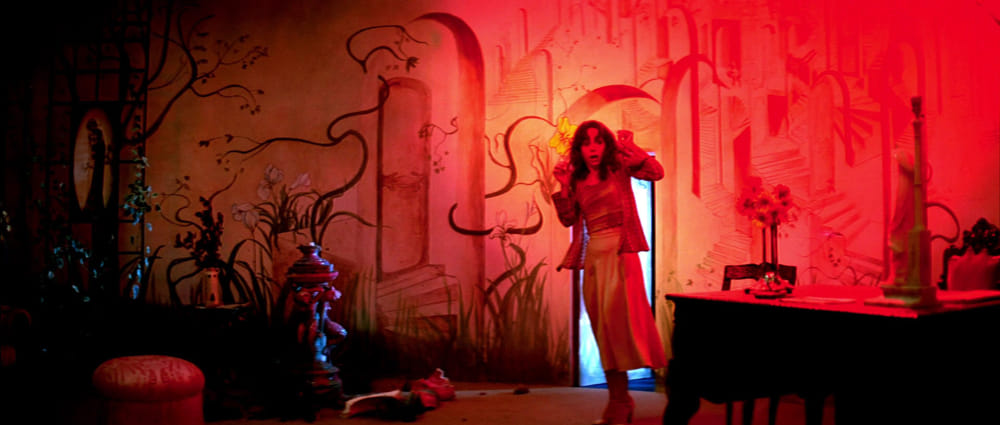
Another prominent director synonymous with the neon visual style is undoubtedly Gaspar Noé. Within the works of this French filmmaker, neon aesthetics are harnessed to create a spectacle that imposes itself as a visual jolt for the audience, subjecting them to a continuous onslaught of flickering lights, vivid hues, and ambitious long takes. Noé’s filmography has been consistently praised for its immersive quality, aimed at involving the viewers in an experience that becomes almost tangible. His films, including Enter the Void (2009), Irreversible (2002), and Love (2015), stand as stellar examples of this approach. Frequently shot from a subjective or semi-subjective perspective, they whisk the audience into a first-person encounter, meticulously framed within nocturnal settings, both indoors and outdoors.
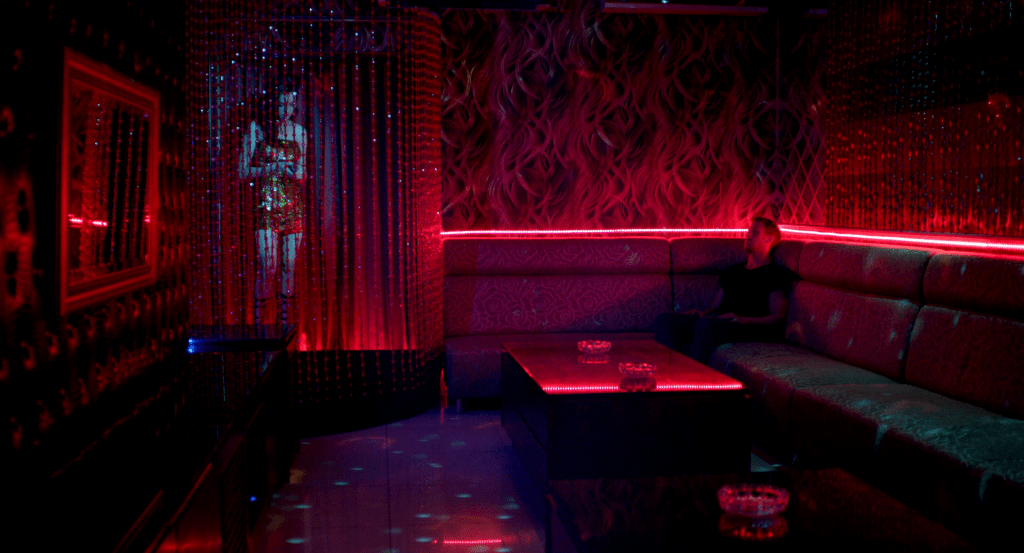
Neon aesthetics in contemporary cinema
This trend has particularly surged post-2010. We find it in the science fiction film Beyond the Black Rainbow (Panos Cosmatos, 2013), as well as in the wildly successful musical La La Land (Damien Chazelle, 2016). It also graces the espionage film within the 007 series, Skyfall (Sam Mendes, 2012), which is also set in the Asian city of Shanghai. In Inherent Vice (Paul Thomas Anderson, 2014), a Los Angeles adorned with shimmering lights provides the backdrop for a noir narrative drawn from Thomas Pynchon’s kaleidoscopic novel. Here, neon acts as a visual conduit to depict the Californian city of that era. Similarly, in Quentin Tarantino’s more recent work, Once Upon a Time in… Hollywood (2019), as he narrates a tale set within the grand machinery of dreams, one of the film’s final scenes focuses on a sequence of neon signs from city cinemas, lighting up in succession, symbolizing the reawakening of the city’s nightlife.
